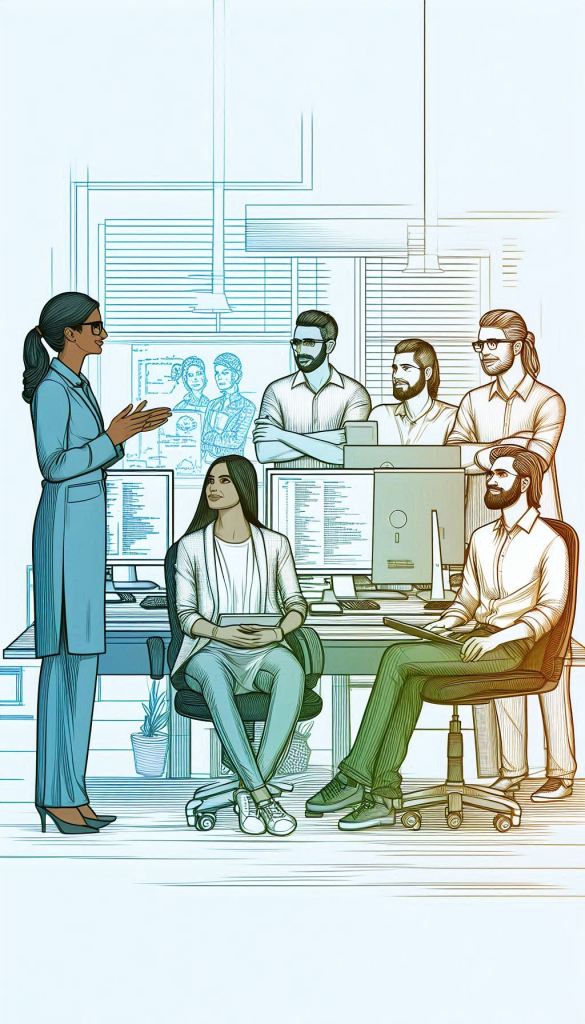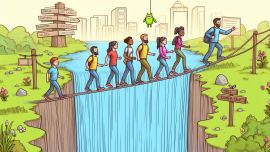
Balancing leadership action across activities
One of the key challenges for a leader is to decide how to balance your time.
John Adair’s leadership theory looks at a split of work which is very relevant to the Agile leader. I have always found this a relevant and accessible tool. I probably have a soft spot for Adair’s theory as it was the very first leadership training I ever went on, way back when I started as a leader.
Action Centered Leadership, also known as the Three Circles Model, looks at the actions which you need to take to lead a team effectively. This is similar to the approach of Mintzberg but differs from some other leadership models such as Blanchard’s Situational Leadership which focuses on the choice of leadership style rather than the activities undertaken.
Adair’s approach splits the leadership role into three parts. He argues that balancing these three is critical, and that allowing any one to dominate at the expense of the others will lead to failure.
People expect their Leaders to help them to achieve the common task. to build the synergy of teamwork and to respond to individuals and meet their needs
“Develop Your Leadership Skills” – John Adair
Task
Task based actions are those the leader performs to personally achieve a goal working as an individual contributor or focussed on the outputs of the team.
Leadership activities in the task area include identifying and communicating objectives, backlog refinement, value stream management and reviewing quality and alignment.
Lack of focus on task activities can lead to teams which are busy but fail to deliver value. Excessive focus can lead to micromanagement.


Team
Team actions are those which the leader performs with the team or group to ensure effective teamwork.
Teams are central to Agile development and creating high performing teams is a key part of the leader’s role.
Leadership activities related to teams include ensuring cross-functional skills, communication, motivation and culture and conflict management.
Lack of focus on team activities can lead to conflict or loss of team cohesion.
Individual
These actions relate to the individuals in the team and how the leader interacts with these.
Agile development is based on individuals and interactions and each must be supported and developed to gain the best outcomes.
Leadership activities related to individuals include clarity of roles, coaching, mentoring and personal development and ensuring regular appropriate feedback.
Lack of focus on individual activities can lead to lack of continuous improvement and retention issues.


Good Practices
As an Agile Leader you must balance these three areas. Each are critical to success but the balance of task based activity will vary according to the leader’s role. It can be helpful to draw out the three intersecting circles and the activities you perform in each.
A team leader in an Agile team will previously have spent their time as an individual contributor on task based activities. This task based activity is likely to continue, combined with operational accountability for the team in the task space. The key development area for most team leaders is to increase their focus on building the team and delegating more work to the team. They will likely also be developing skills in managing and growing individuals.
As Agile leaders develop they will typically reduce the time spent on task based activities and achieve a more equal balance. As discussed in Management as a Service, this will depend on the needs of the team, but for more senior managers, task activities will become more strategic, while focus on individuals, coaching and setting a culture of psychological safety for teams will increase.









Leave a Reply